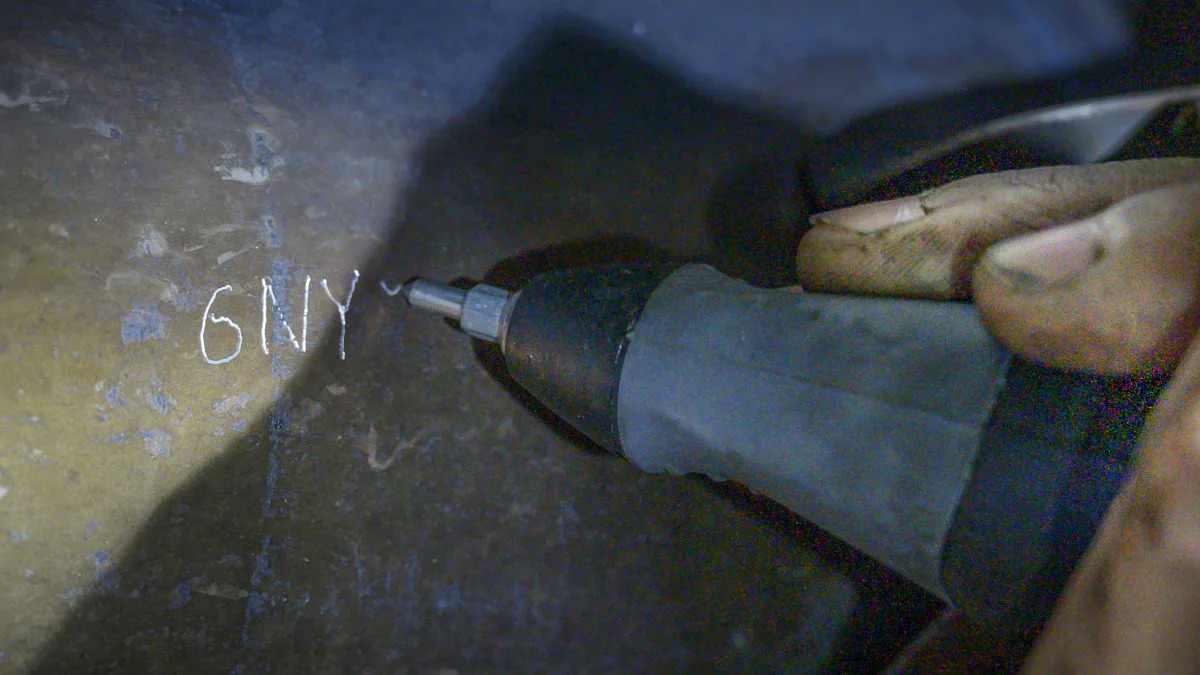Catalytic converters have been featured prominently in the news for a few years, and not for the best of reasons. An uptick in converter thefts has gotten plenty of coverage as many vehicle owners are left in very inconvenient situations as they are saddled with expensive repair bills. In fact, as many as 153,000 catalytic converters were stolen in 2022 alone, and the numbers in 2023 could be even higher. But what is a catalytic converter, how does it work and how can you prevent one from being stolen?
Do all cars have a catalytic converter?
If your car isn’t a classic and is powered by a gasoline engine, the answer is very likely yes. In 1975, the government mandated catalytic converters for almost all passenger vehicles in an effort to reduce air pollution. Combined with other abatement programs, air quality greatly improved over the following years. A side benefit was the elimination of lead additives in fuel since those compounds were incompatible with catalytic converters.
A catalytic converter is a component of an internal combustion vehicle’s exhaust system. In most cases, it looks like a flattened muffler that resides about halfway down the exhaust pipes. Inside are precious metals such as platinum, rhodium and palladium that are used in chemical reactions to transform emissions into less destructive compounds. Early catalytic converters combined oxygen, carbon monoxide and unburned hydrocarbons to produce less harmful CO2 and water vapor. Later developments also reduced nitrogen oxides.
Why are catalytic converters being stolen?
Converters have been in the news because of those precious metals inside. There are typically three to seven grams of platinum in a converter, along with up to seven grams of palladium and two grams of rhodium. In the summer of 2023, prices for those metals cost as much as $33 per gram of platinum, $42 for palladium and a whopping $146 for rhodium. To put that into perspective, gold cost $68 per gram.
With this knowledge, thieves have been targeting catalytic converters and have gotten very accomplished at swiping them in an instant. In less than a minute, they can pull the converter loose from the exhaust with a cordless reciprocating saw and disappear into the night. For the trouble, those thieves can net between $50 and $300 from a recycler. If it’s from a hybrid vehicle, which requires more of those metals, they can return as much as $1,500.
How much does a new catalytic converter cost?
The cost to repair the loss for the owner can run around $2,000, but that’s not even the worst part. Inventory for replacements is very low and some victims are forced to wait several months. Insurance should cover the loss, but many owners may decide to pay it out-of-pocket depending on their deductible or to avoid a rate hike in the future. Third-party manufacturers have sprung up to provide replacements, but shoppers should take care to ensure that those replacement units won’t void their vehicle warranty. Some insurance providers have also stated that they will only cover factory replacements, too.

How can you protect yourself from catalytic converter theft?
Law enforcement has been cracking down on theft rings, but as history teaches us, crime always finds a way. It seems unlikely that converter thefts will see a significant drop anytime soon, so how do you protect yourself?
In some cases, basic car security measures apply. Parking your vehicle in a well-lit and secure area should help. Installing a motion-activated alarm if the car doesn’t already have one is another deterrent. For more specific countermeasures, some owners have taken to having their converters welded to the vehicle frame or had a special metal cage installed around it. Engraving your vehicle identification number (VIN) to the converter is also gaining popularity, but it likely won’t prevent attempts. None of these are foolproof solutions, but they could at least discourage amateurs.
Read the full article here


